An example of a semi-permanent house that can be an excellent choice for building a home quickly is a modular house, which is installed using a knock-down method. This prefabricated building consists of components manufactured in a factory and then assembled into a semi-finished or fully completed structure.
Even though it is considered a semi-permanent house, a modular house can stand firmly thanks to its structure, which is built with stainless steel framing. Its durability is further supported by sandwich panels used for the walls or building surfaces. These panels contain insulation layers that provide both thermal and acoustic insulation, helping stabilize indoor temperatures and reduce external noise. In terms of longevity, modular houses can last for more than 10 years.
Unlike many other semi-permanent houses, modular houses can be relocated from one site to another. This means you can continue using the same unit if you plan to move to a new location. Budget use also becomes more efficient when choosing a modular house.
If you are planning to build a semi-permanent house, the ModHouse from Tradecorp can be an excellent option. Designed with an expandable concept, ModHouse is installed by pulling or unfolding its sections and then locking them securely. This installation method shortens construction time and makes it easier to deliver the unit to the project site.
Tradecorp, the supplier of ModHouse, is an international company that has served business operations and field projects since 2014, providing shipping containers, offshore DNV containers, ISO tank containers, modified containers, modular prefabricated buildings, and RapidFrame construction. For more information and pricing, you can fill out the online form on the website kontainerindonesia.co.id/en/. Our team will contact you so you can discuss your specific needs.
Want to learn more about modular concepts used as an example of a semi-permanent house? Explore the full explanation below!
Daftar isi
Best Modular Building for Semi-Permanent House
Example of a Semi-Permanent House with a Modular Concept
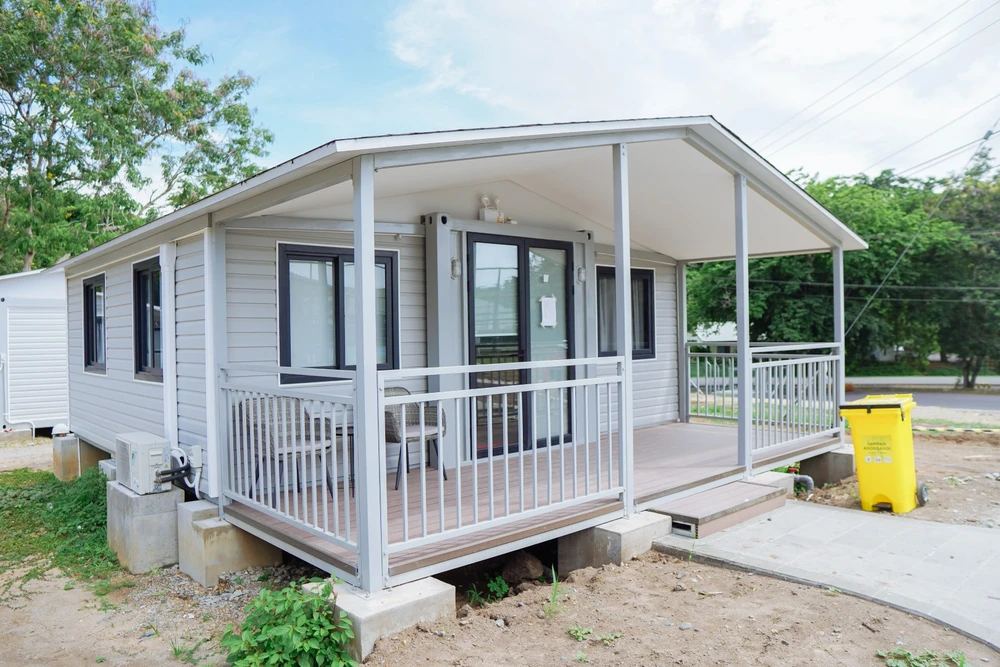
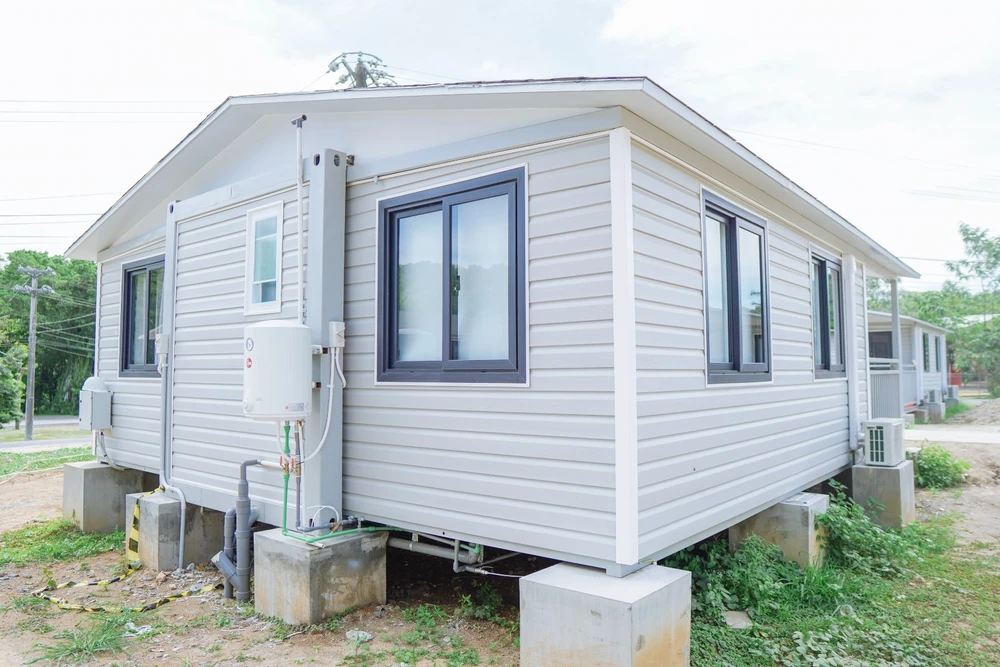

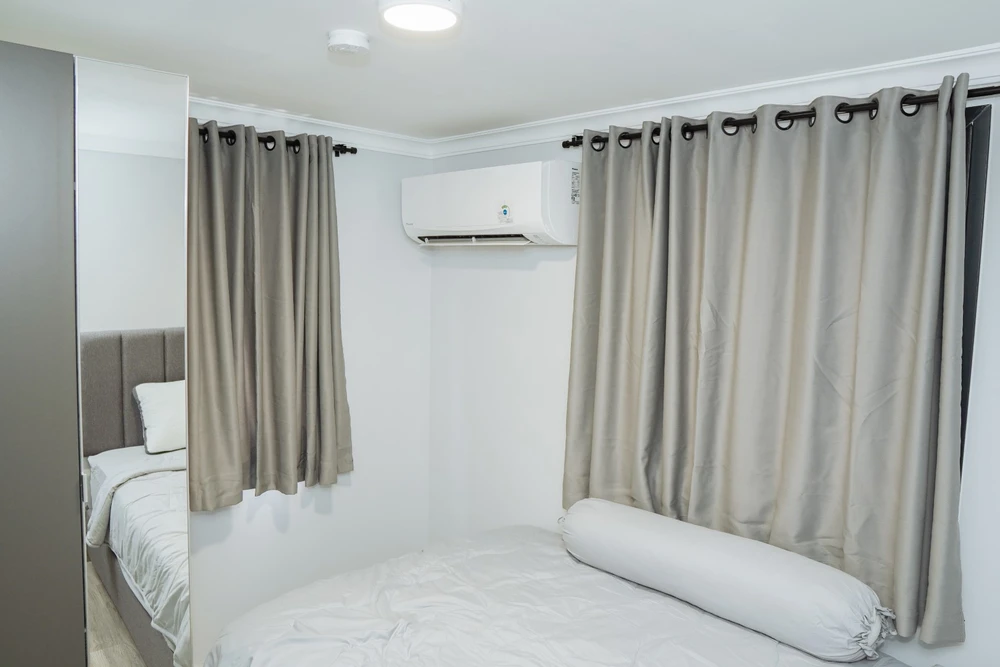
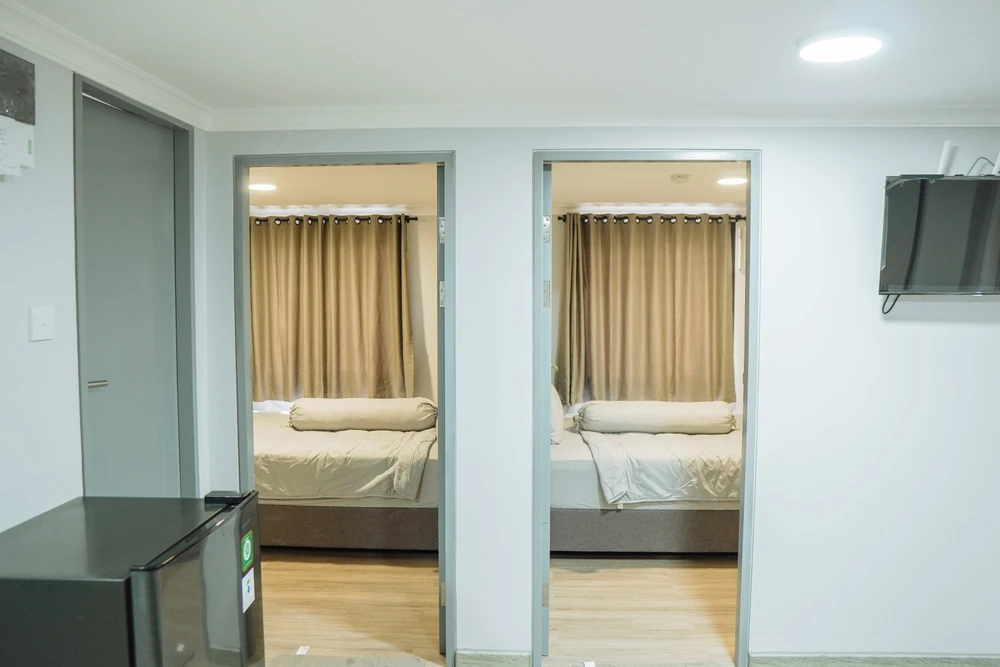
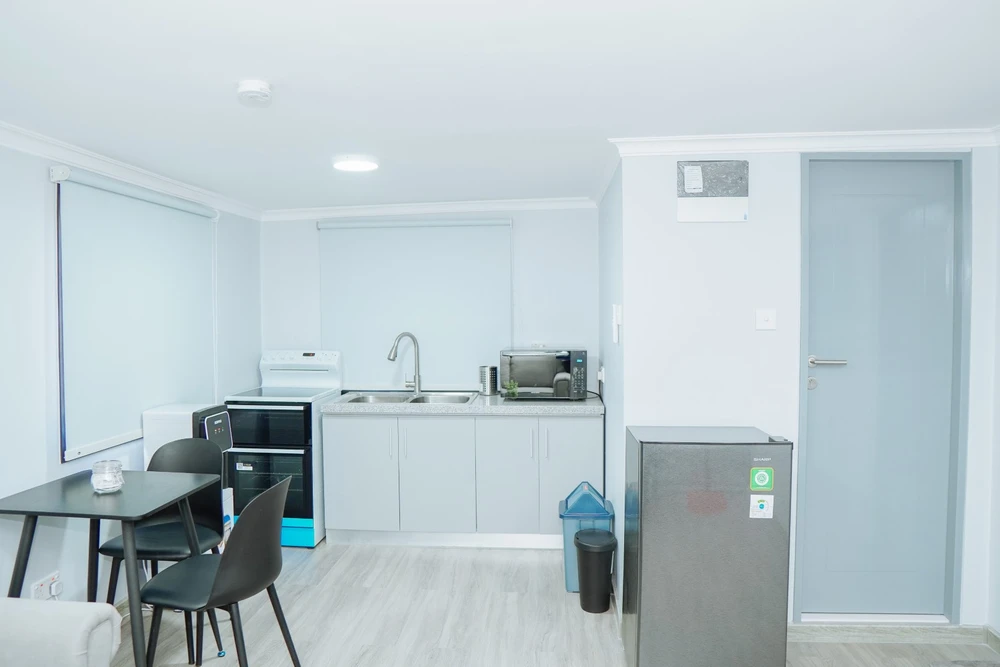
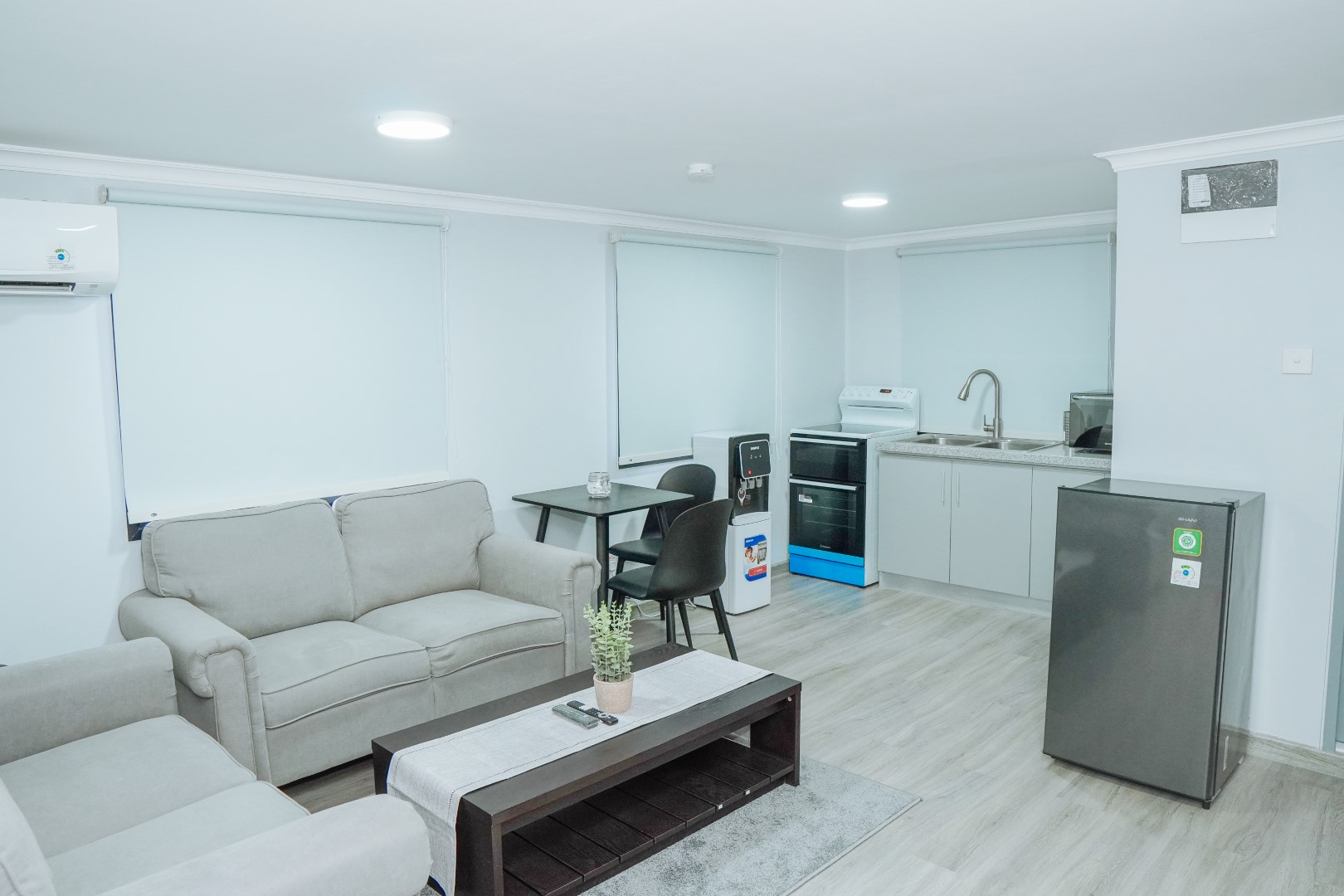
Modular Semi-Permanent House Material Specifications
|
Component |
Material |
Durability |
| Ceiling | Corrugated zincalume iron | Resistant to corrosion, extreme weather, and offers a long service life. |
| Wall | EPS sandwich panel, Rockwool, GRC | These materials function as thermal and acoustic insulation, reducing heat transfer and noise inside the room. |
| Floor | GRC board laminated, SPC vinyl, waterproof plywood, fiber cement board, PVC vinyl floor finishing | Moisture-resistant, anti-slip, easy to clean, and strong enough to support heavy loads. |
| Structural components | Corrosion-resistant light gauge steel | Strong, rust-resistant, earthquake-resistant, and stable against temperature and weather fluctuations. |
Comparison Between Modular Houses and Other Semi-Permanent Houses
Modular houses offer better quality and efficiency compared to many other types of semi-permanent houses. Although both fall into the category of structures that are not fully permanent, the technical performance of modular houses is generally superior to conventional prefabricated homes.
1. Construction Speed and Cost Efficiency
Modular houses have a significantly shorter construction period. Their components are manufactured in a factory, allowing the production process to run simultaneously with on-site foundation preparation.
This parallel workflow shortens the overall construction time by approximately 30 to 40 percent compared to other semi-permanent houses assembled directly on-site, which are still affected by weather conditions and labor availability.
This efficiency directly contributes to reduced construction costs. The factory-controlled fabrication process produces precise, low-waste materials, minimizing potential delays and unnecessary expenses.
2. Quality and Building Durability
One key advantage of modular houses is their consistent quality. Production follows standardized factory procedures, resulting in fewer errors than semi-permanent structures built manually on location.
Compared to semi-permanent houses made from wood, modular houses generally use materials that are more resistant to moisture, temperature fluctuations, and noise. The use of insulated panels improves indoor comfort and helps extend the building’s lifespan. With proper maintenance, modular houses can last for several decades.
3. Flexibility and Ease of Relocation
Most semi-permanent buildings are more static because their structural components are firmly attached to the foundation. Modular houses differ because their modules are produced as units that can be disassembled or delivered in a semi-finished form. This allows the building to be relocated when needed without requiring a full rebuild.
This relocation capability provides an advantage that many other semi-permanent houses do not offer. Modular houses can function as primary residences, worker accommodations for project sites, vacation villas, homestays, or even emergency shelters that require rapid installation.
4. Energy Efficiency and Occupant Comfort
The precise factory construction process results in tighter panel connections, minimizing air leakage. This makes the home more stable in temperature and more energy-efficient. Occupants do not have to overuse air conditioning or heating because the thermal insulation in modular houses functions effectively.
Are Modular Houses Moisture Resistant?
Yes, modular houses are moisture resistant because their steel frame structure is corrosion resistant and the sandwich panel components are not susceptible to moisture. The ventilation system is also designed to reduce the risk of high humidity, making them a reliable example of a semi-permanent house with strong moisture protection.
Best Modular Building for Semi-Permanent House
How Long Does It Take to Build a Modular House?
The assembly of a modular house can be completed quickly. For a single unit, the installation process can be finished in just one day. The overall construction timeline depends on the complexity of the design and the production period in the factory, making it an efficient example of a semi-permanent house.


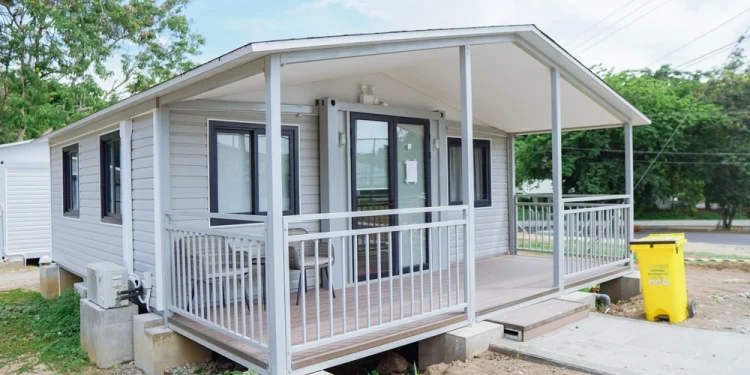
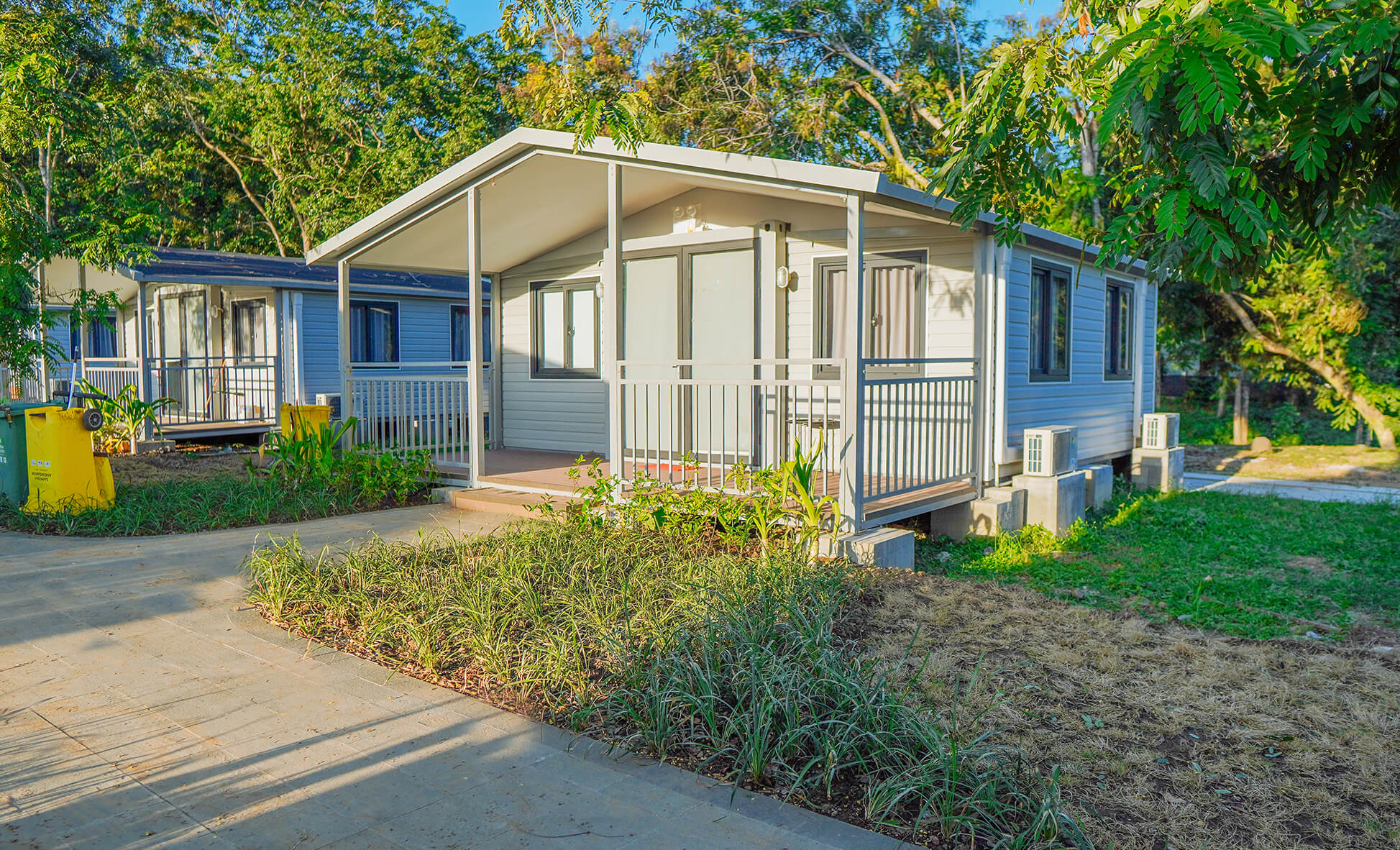
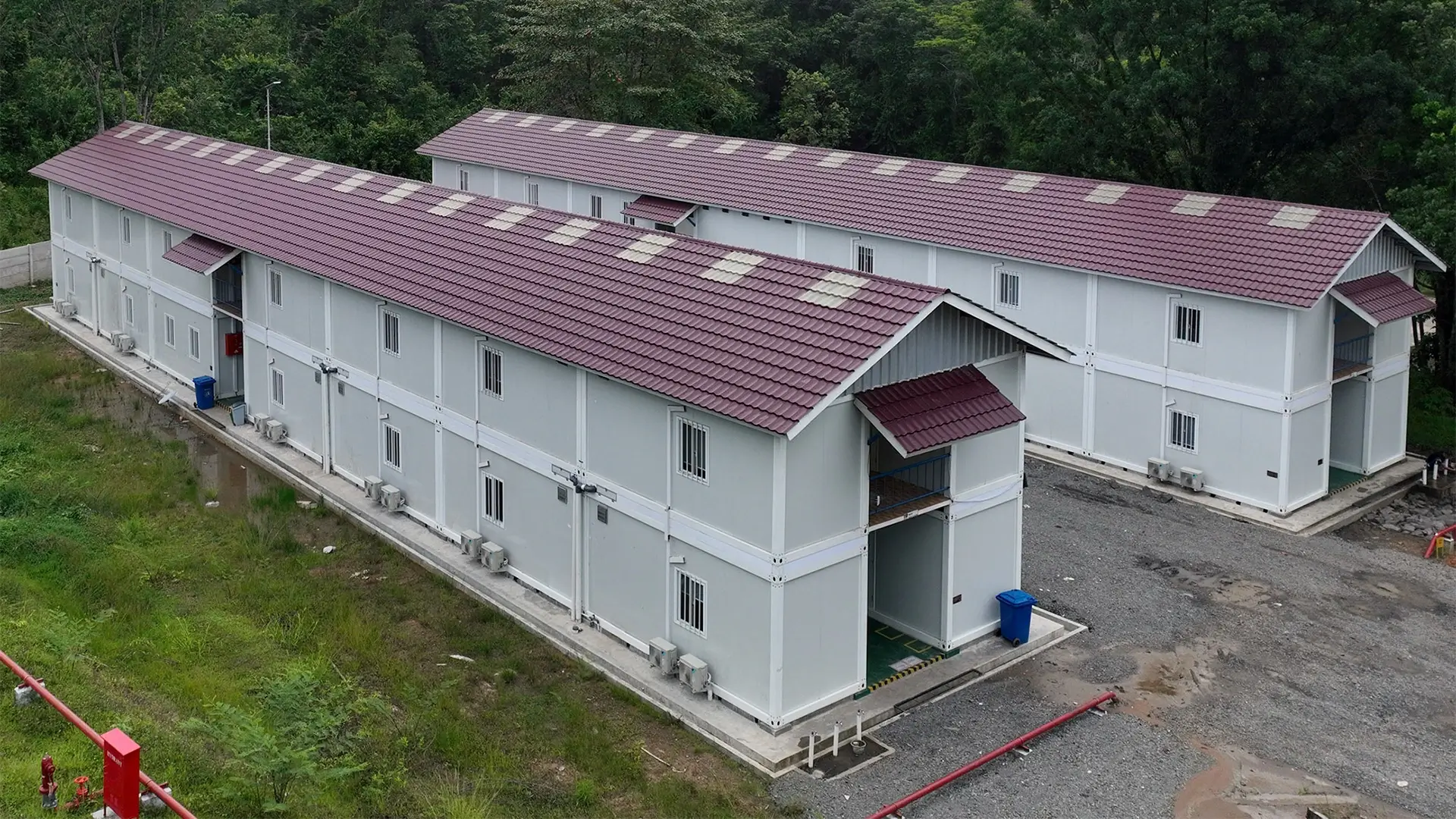
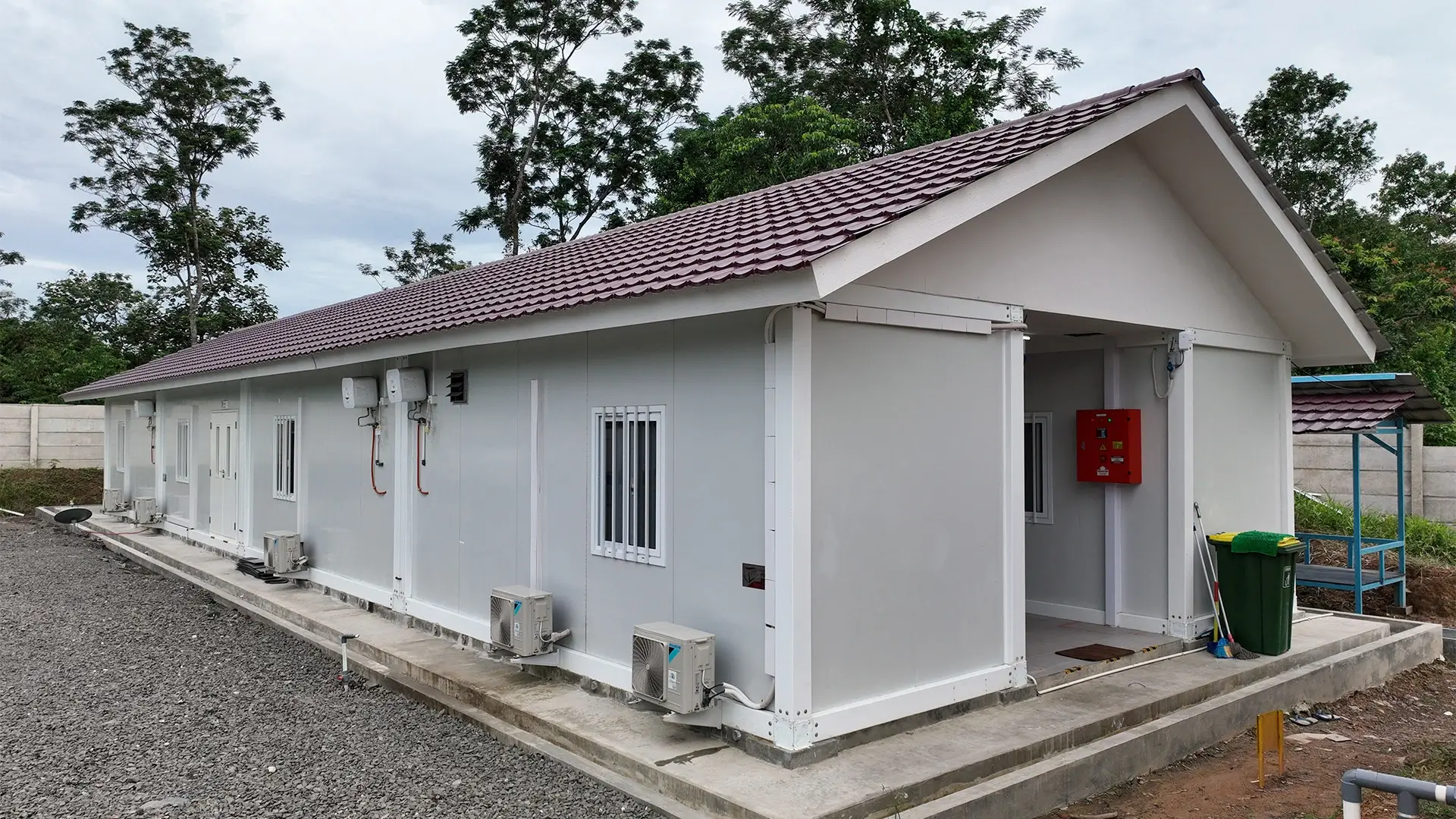

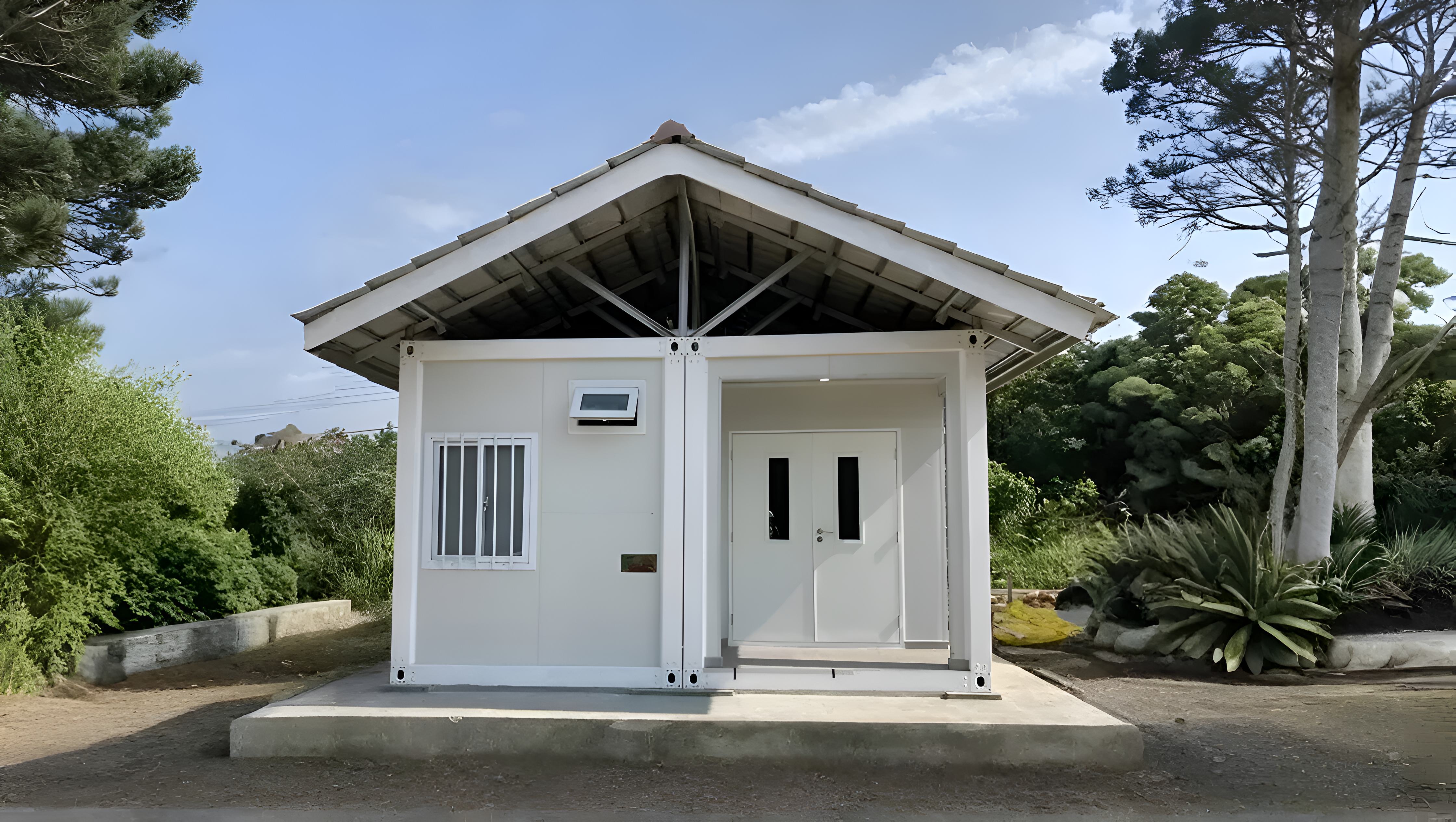
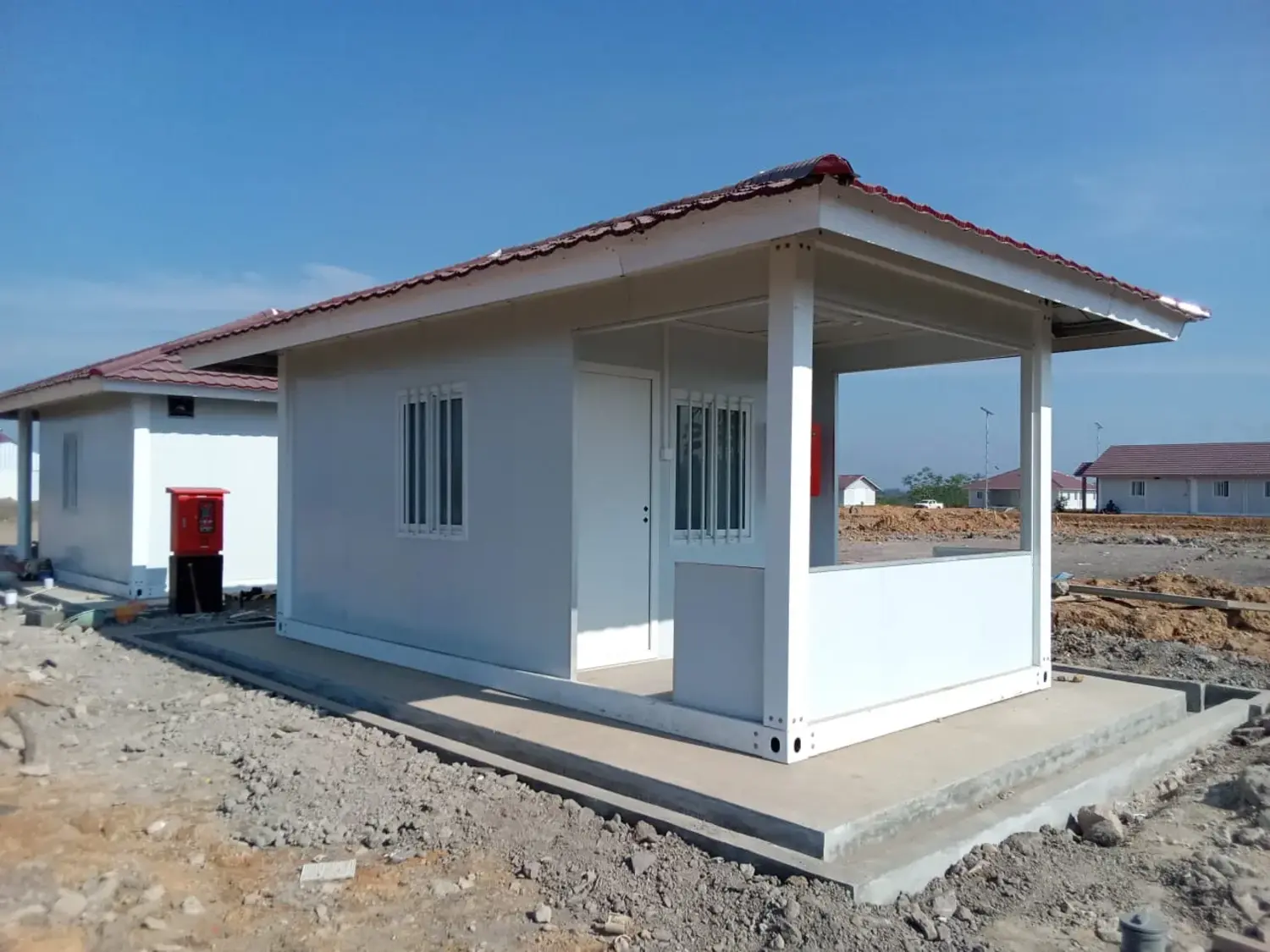

![Size of the Free Nutritious Dining Kitchen [Check the Building Too] 9 Layout Dapur Catering Rangka Baja RapidFrame 4](https://kontainerindonesia.co.id/blog/wp-content/uploads/2025/10/Layout-Dapur-Catering-Rangka-Baja-RapidFrame-4-350x250.webp)




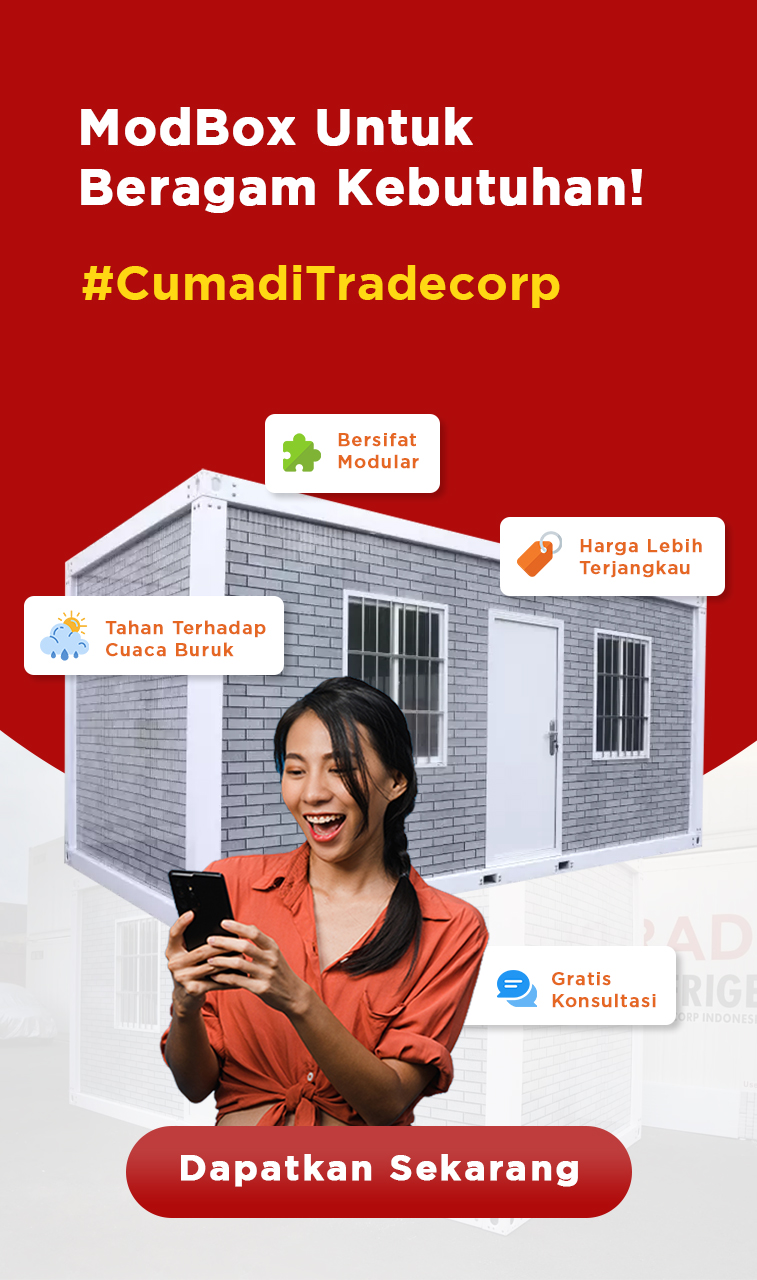
![Size of the Free Nutritious Dining Kitchen [Check the Building Too] 15 Layout Dapur Catering Rangka Baja RapidFrame 4](https://kontainerindonesia.co.id/blog/wp-content/uploads/2025/10/Layout-Dapur-Catering-Rangka-Baja-RapidFrame-4-120x86.webp)

